Enhancing Communication in Health and Social Care: A Training Report
VerifiedAdded on 2021/06/14
|13
|697
|23
Report
AI Summary
This report provides an overview of communication training within health and social care organizations, emphasizing the importance of both verbal and non-verbal communication. It delves into various communication theories, including humanistic, behaviorist, cognitive, and psychoanalytical approaches, highlighting their application in patient-centered care. The report outlines strategies for effective communication with both service users and professionals, such as using simple language, avoiding jargon, active listening, and cultural sensitivity. It also addresses common barriers to communication, like attitudinal issues, physical disabilities, and cultural taboos, and suggests methods for managing interpersonal conflicts. Furthermore, the report details specific strategies for supporting individuals with visual, intellectual, and hearing impairments, including the use of Braille, clear speech, and sign language. The importance of maintaining patient confidentiality and obtaining informed consent is also emphasized, referencing privacy laws and ethical considerations for information sharing.
1 out of 13


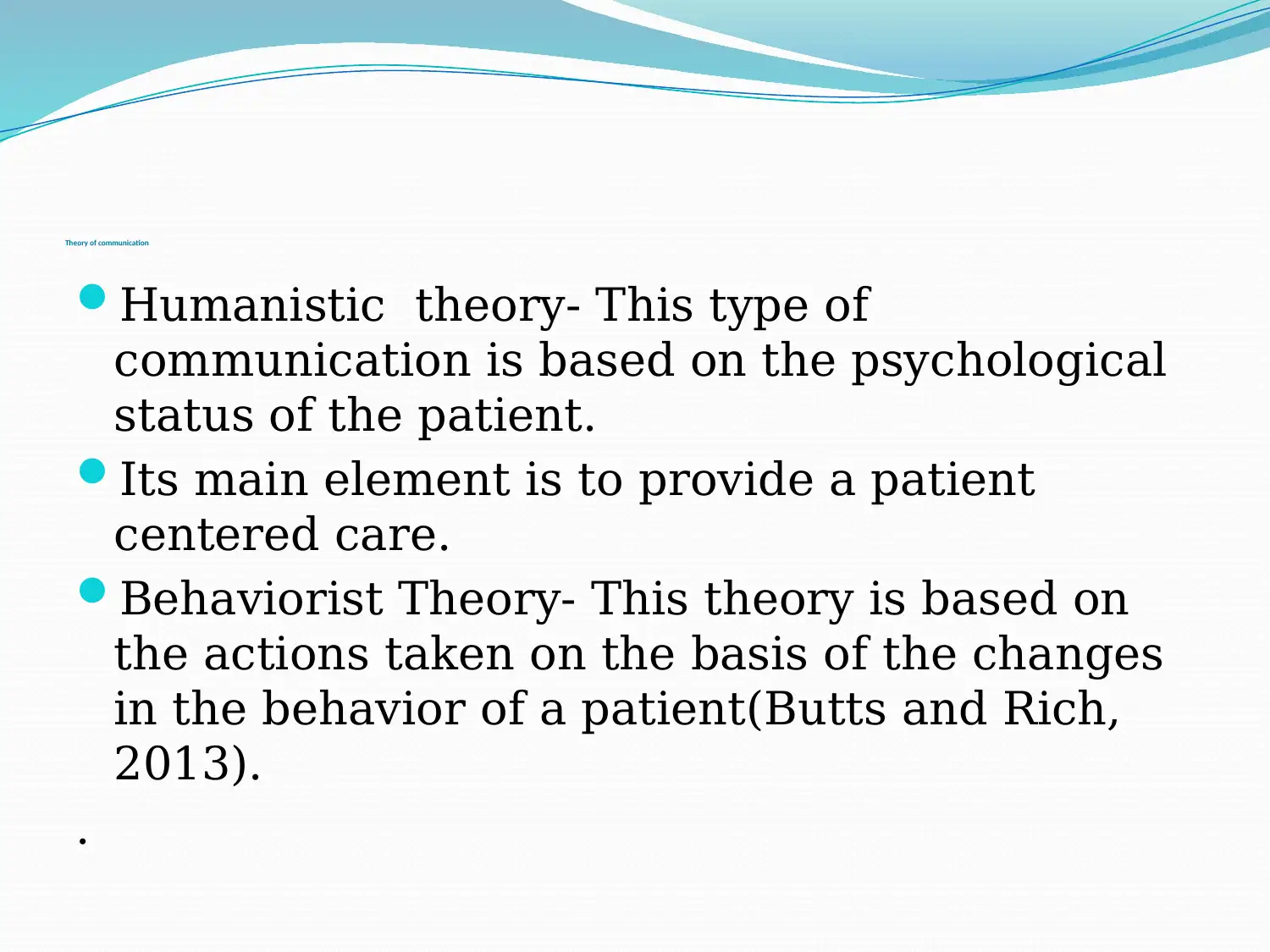

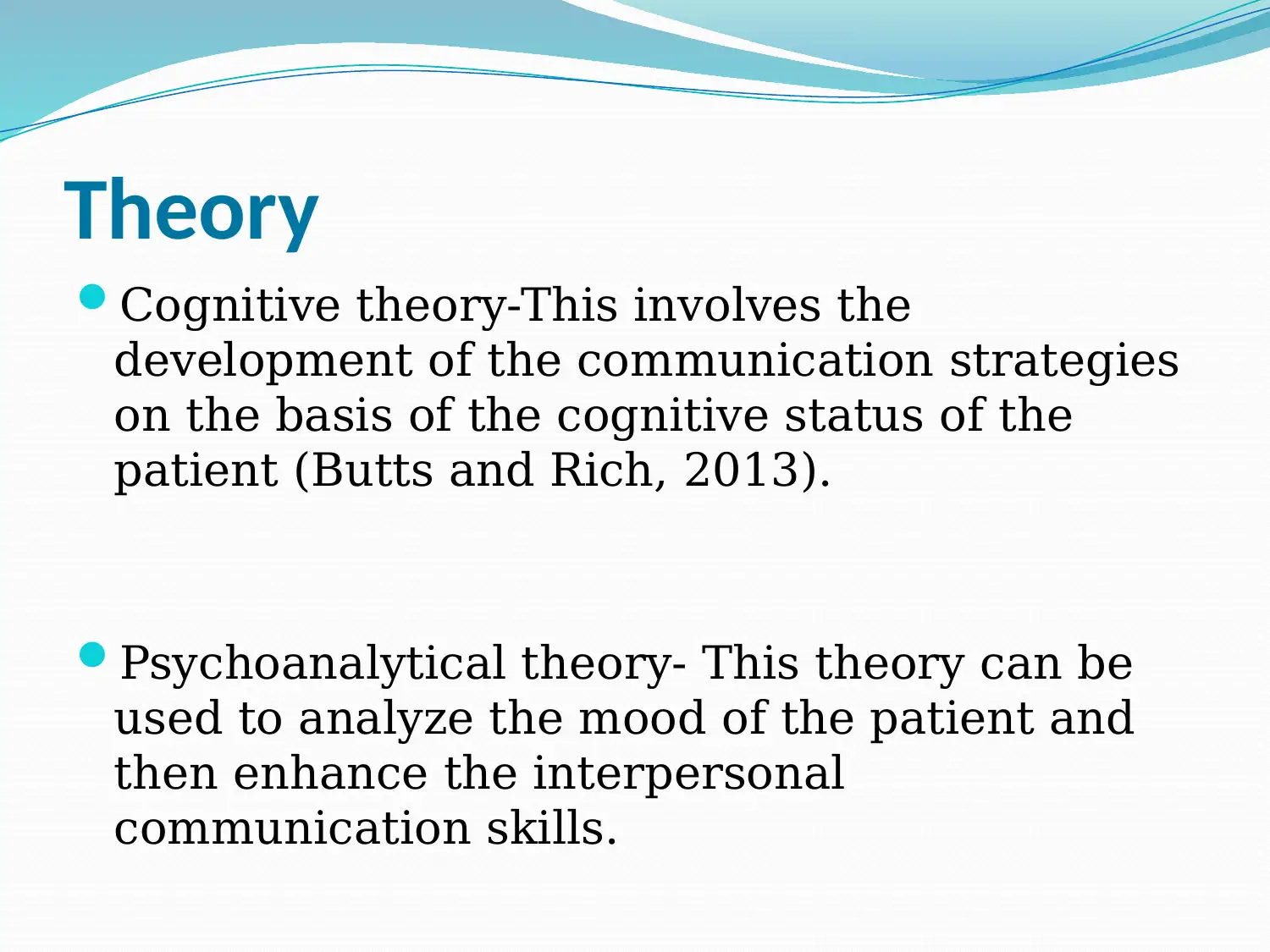

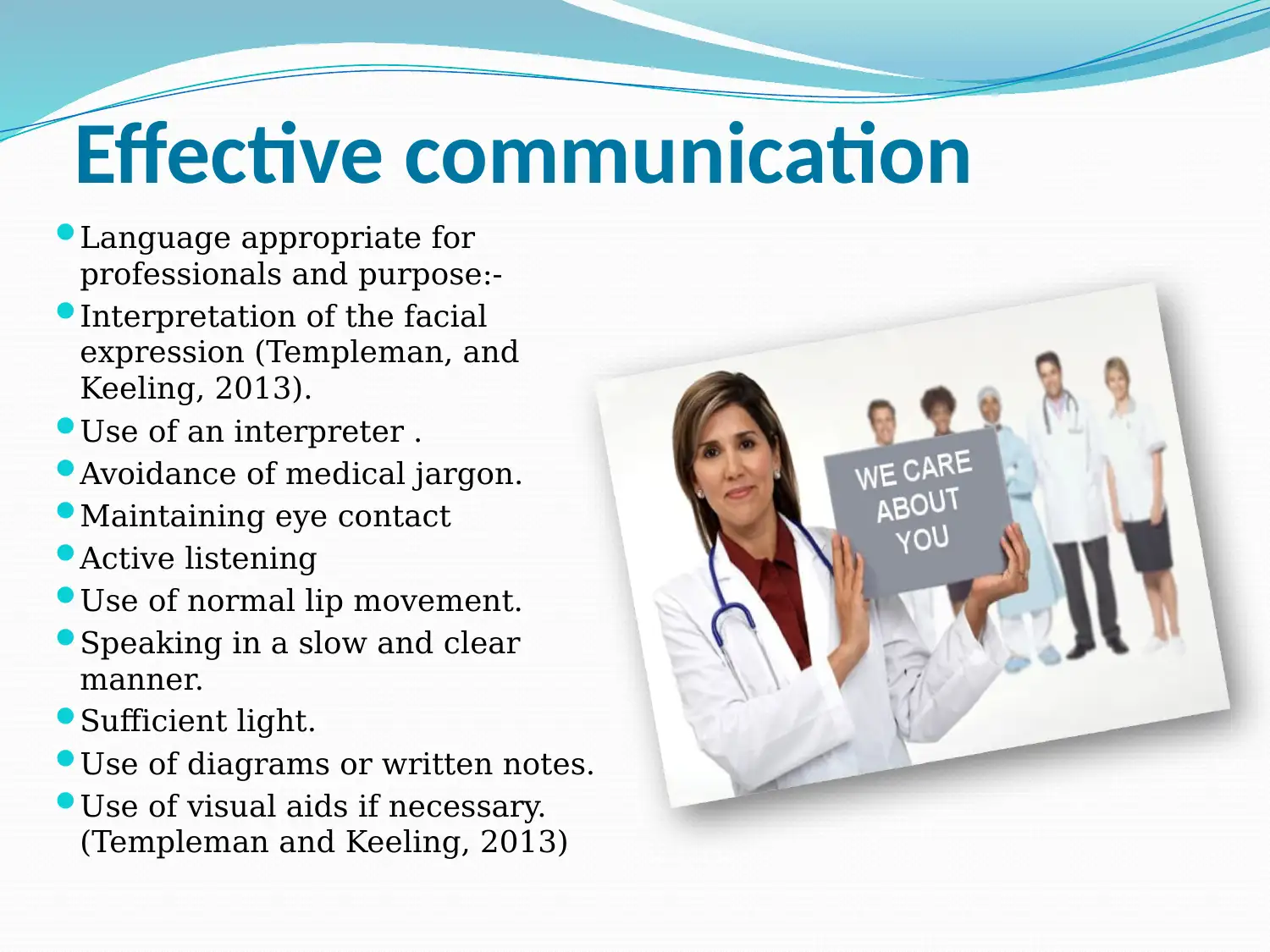
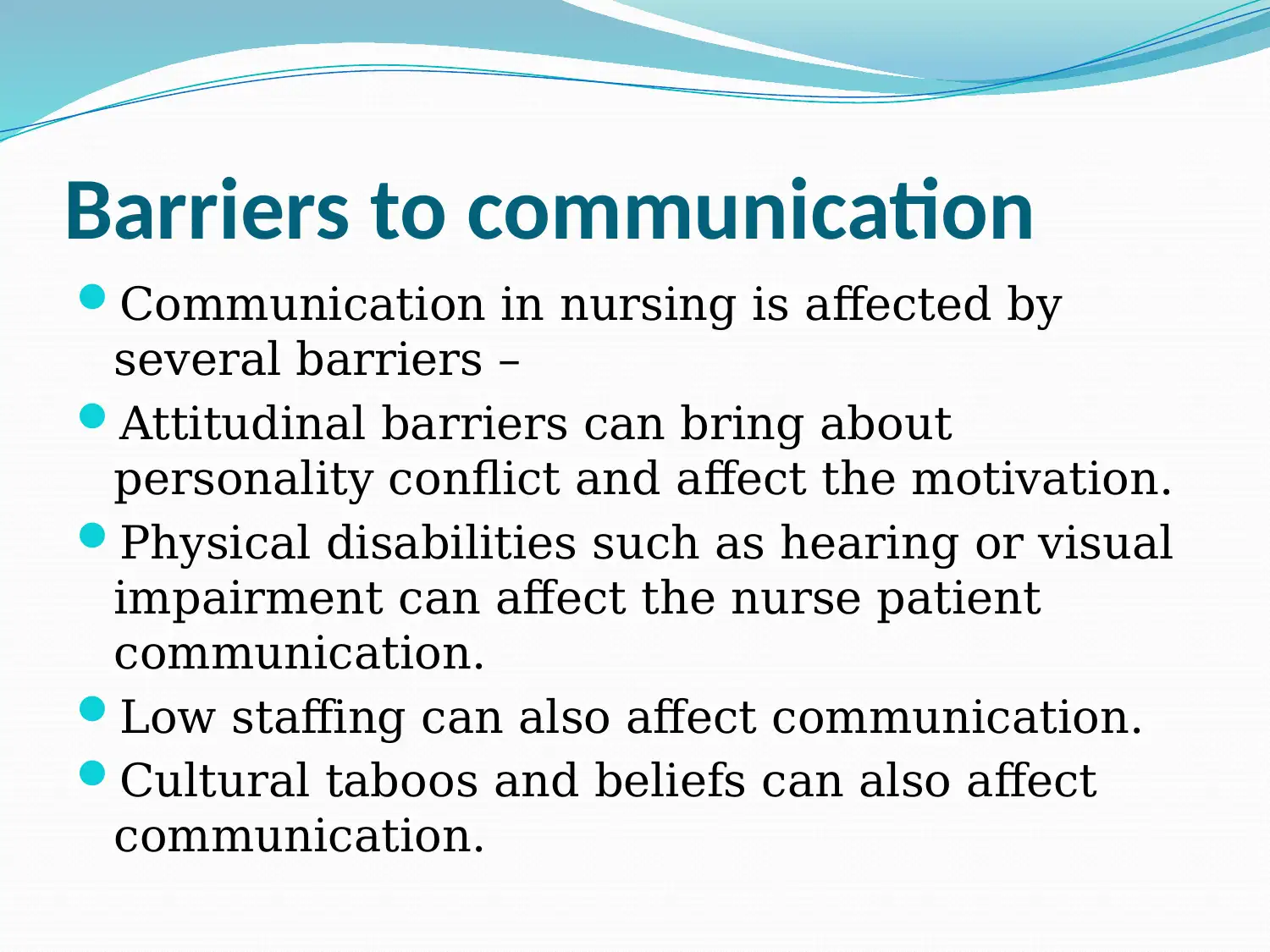

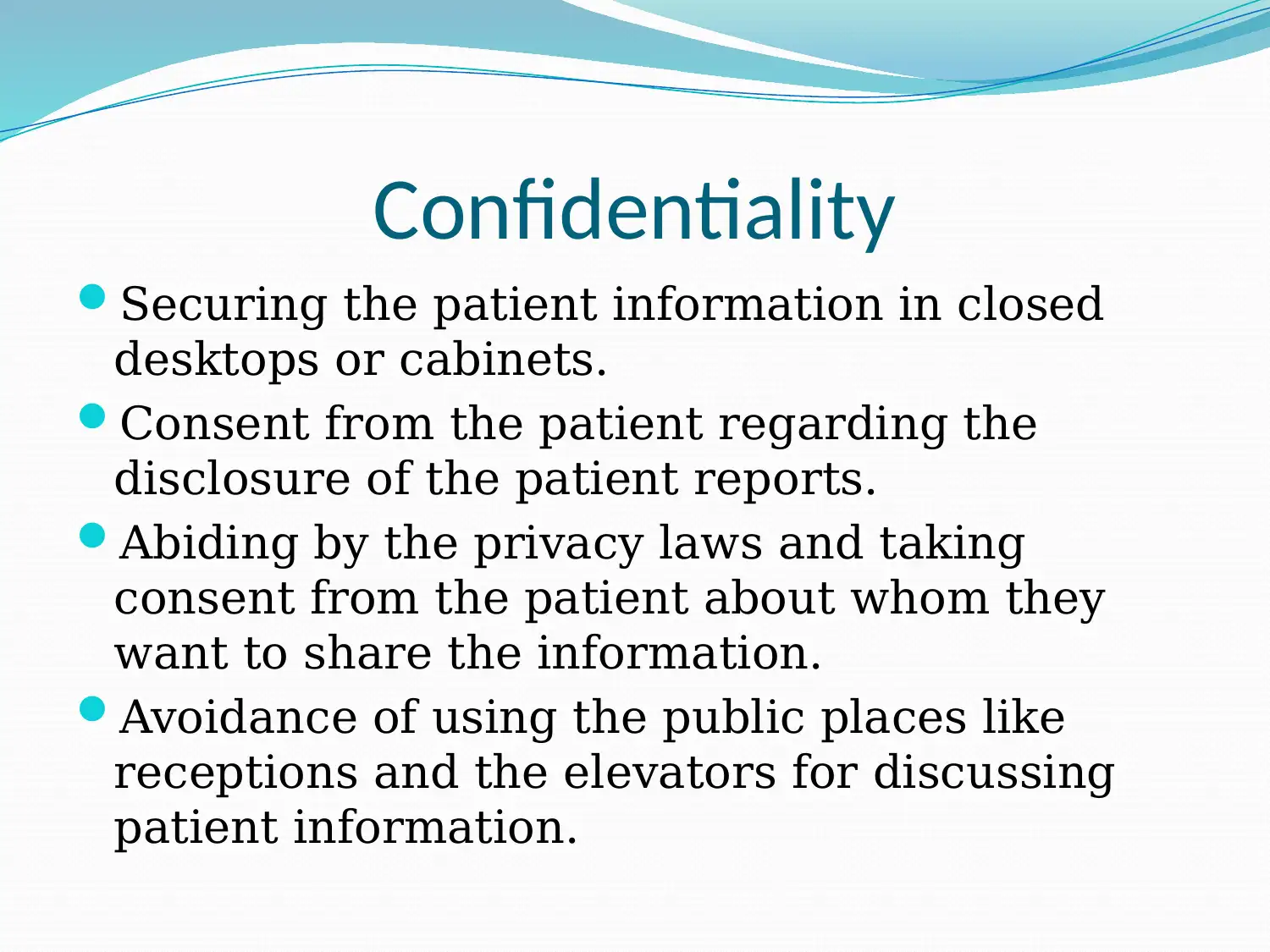








![[object Object]](/_next/static/media/star-bottom.7253800d.svg)